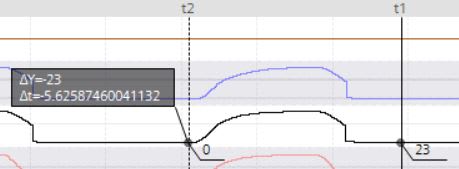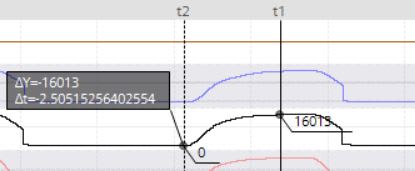I have this project with some Spaniards and we have this text from a AC drive manual, it isn't exactly crystal clear to begin with, and we both have a different understanding about what it actually says.
Since neither he or I have English as our first language, I am asking you, what are they actually saying here?
NAFO Sergeant Anna Gr 69th Sniffing Brigade
Since neither he or I have English as our first language, I am asking you, what are they actually saying here?
If the load torque will be higher than 20% of motor
nominal torque, or if the machinery is not able to
withstand the nominal torque transient during the ID
run, then the driven machinery must be de-coupled
from the motor during a Normal ID run.
NAFO Sergeant Anna Gr 69th Sniffing Brigade

![[ponder] [ponder] [ponder]](/data/assets/smilies/ponder.gif)


![[bigsmile] [bigsmile] [bigsmile]](/data/assets/smilies/bigsmile.gif) not sure how to get it to California though.
not sure how to get it to California though.